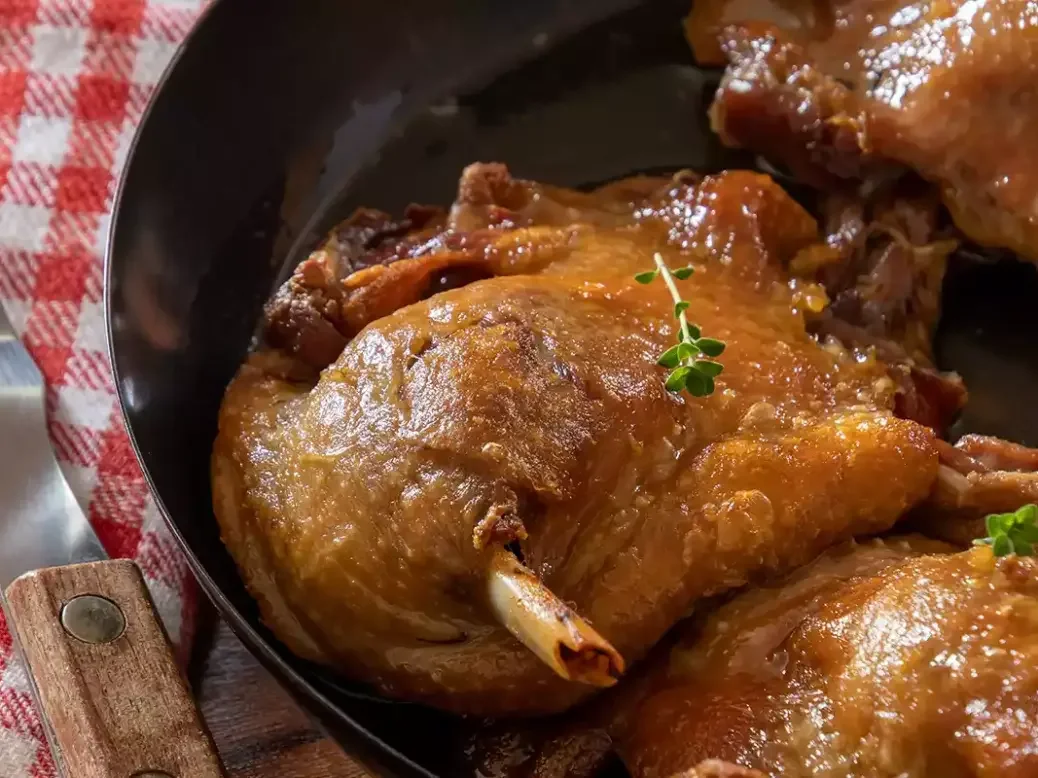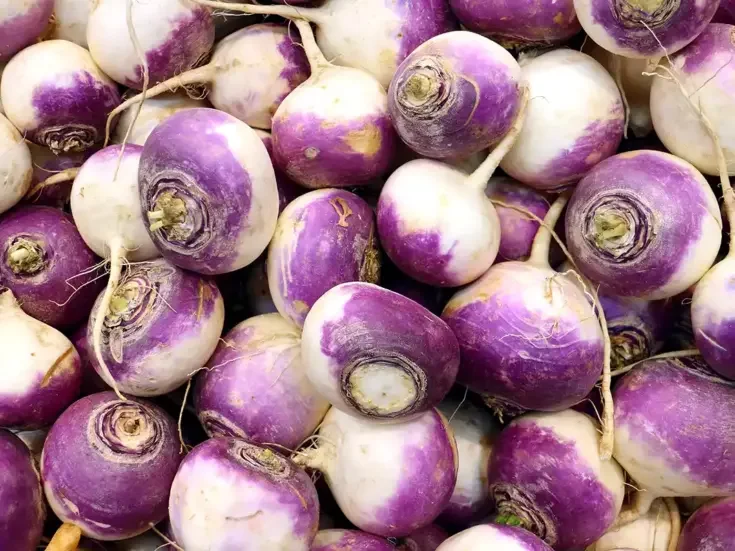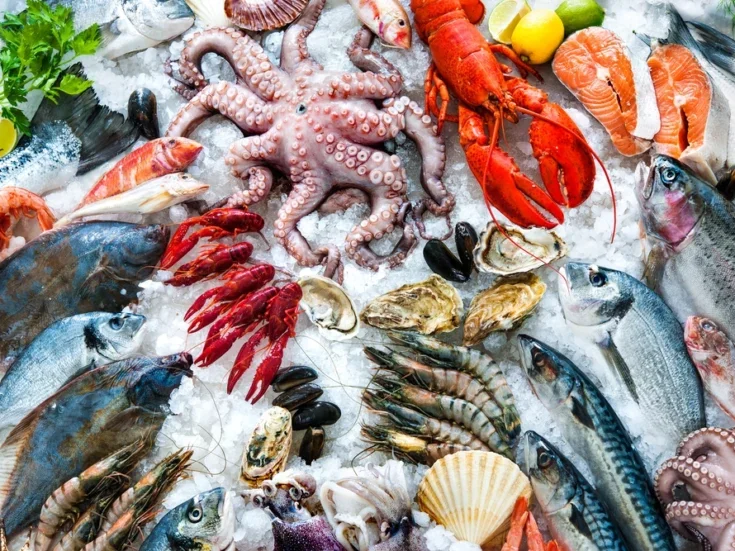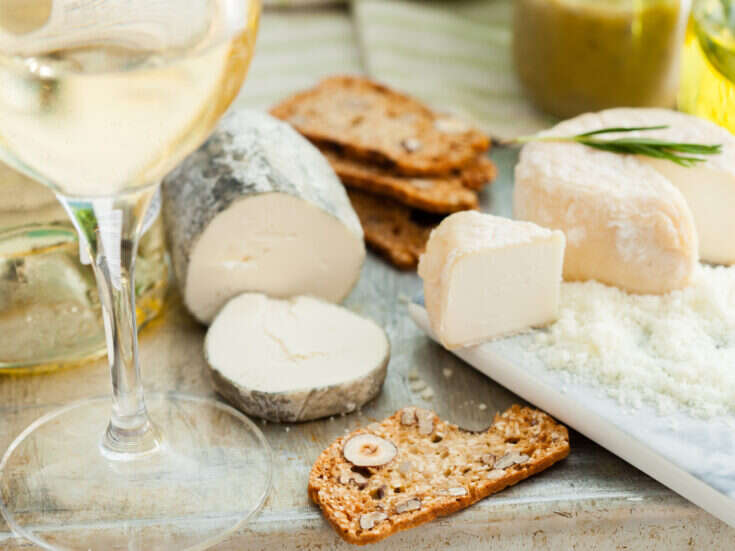
Joanna Simon explores the history and preparation of confit de canard, before picking out the best wines to drink with this classic dish from South West France.
“In some ways confit is less a recipe than a way of life.” So wrote Paula Wolfert in 1983 in The Cooking of South West France (published in 1987). Two decades later, Recettes Paysan du Lot (Les Editions du Curieux, 1983) begins its Gastro-Préface with the simple announcement “Au commencement était le canard…” (“In the beginning was duck…”).
Times have changed: fewer households routinely make all their own confit de canard, and even fewer confit d’oie (goose), but ready-prepared duck confit—loose, in cans or vacuum-packed—is found in every market, tiny grocer and charcutier, in every large supermaket, and on almost every restaurant and café menu, if not daily then at least once a week.
Confit, especially of duck, really is, still, a way of life, not just in Gascony, which claims it as its own, but throughout the South West, from Périgord (essentially the Dordogne department) down to the Pyrenees. The Gascon claim seems to be based on the fact that Henri IV, King of France from 1589 to 1610 and a Gascon by birth, asked the governor of the province of Béarn to send him a dozen of the largest salt-cured geese he could find “of the kind that do honour to the country.” Curing in salt is the essential first stage of the confit process.
From seasons of plenty to seasons of dearth
Confit (derived from the word confire, ‘to preserve’) was originally devised as a way to preserve poultry and pork in the seasons of plenty to last through the seasons of dearth in the days before refrigeration. After salt-curing the meat was slowly cooked in its own rendered fat, then completely covered with the same fat to preserve it.
The method not only prevents meat from going off, it produces a deeper, more intense flavour and more yielding texture, which explains its continued popularity today, as does its role in traditional recipes such as Gascony’s garbure and in cassoulet. And, while confit de canard is widely bought, it is still prepared at home. After all, it’s easy enough.
It requires time, and care over the cooking temperature, but only three ingredients—fresh duck, salt, and a large quantity of duck (or goose) fat—or, only two if you are in South West France and have a duck specially fattened for foie gras that will produce enough of its own fat. Other ingredients in the cure are optional, but most cooks use some herbs—usually thyme and bay—some crushed pepper, and often some juniper berries (I always use some of the berries I forage for in South West France).
If, in farms in the region, all the parts of a whole fowl are still used, most other cooks buy duck legs only for confit (although if you are roasting a goose at Christmas, it’s fun to confit the gizzard and heart; you can confit the liver, too, but I prefer to fry it quickly).
Giving exact quantities of salt and fat is difficult. The amount of salt depends on how long you allow for curing (for example, eight, 12 or 24 hours), whether you rinse and pat-dry the duck or simply wipe off the moisture, and it depends on the salt. Most recipes say “coarse rock salt,” but these vary enormously in flavour and intensity (I mostly use Tidman’s Natural Rock Salt, available in both the US and the UK).
For four duck legs, Raymond Blanc’s website gives a quantity of 30g of coarse rock salt for a 12-hour cure and he rinses and pats dry the legs. In Pierre Koffmann Memories of Gascony (revised edition, 2012), the celebrated Gascon chef specifies 10 times as much salt for one force-fed duck, and he wipes off “the excess salt and salty juices” but doesn’t rinse. It’s worth noting here that ready-made confit de canard is, like other foods, has become notably less salty in the last decade or so.
As for the fat, the legs must be submerged, but the amount needed will depend on the dimensions of your pan, Dutch oven, or casserole. For four legs, I usually need around 700g. Raymond Blanc uses 800g and a recipe on the Great British Chefs website says 1 liter.
Cooking times and temperatures vary just as much. Raymond Blanc says 2.25 hours at 85º–90ºC (185º–194ºF). Others say 110ºC (230ºF) for 3.5 hours. Most people cook confit in the oven, but I sometimes cook it on the hob (for 2.5–3 hours), because it’s easier to monitor the temperature (you need an effective extractor fan).
Once cooked, it is cooled in the strained fat in the container in which it will be stored—even though confit is a process born of the pre-refrigeration era, it is sensible to keep it in the fridge. When ready to use, you scrape off the excess fat and re-heat and crisp the duck on the hob or in the oven, starting skin-side down.
It’s served in many ways in the South West, depending on season, occasion, and where in this large expanse you are, but the most emblematic accompaniment is, despite its origins in the Périgord, the simple (but delicious) pommes de terres sarladaises—fairly thinly sliced waxy potatoes fried in duck or goose fat, to which chopped garlic and parsley are added in the final minutes of cooking. If you’re lucky, they will be sprinkled with fresh Périgord black truffle in season.
The best wines to drink with confit de canard
The wine equivalent of pommes de terres sarladaises in the context of confit de canard is Madiran, Gascony’s distinctive, dense, darkly fruit, tannic, and acidic Tannat-based wine. Majestic if you like it, rustic if you don’t, it does fall into step with the dark, intense flavour of duck confit. I suggest Madiran with a few years’ bottle age. Currently my money is on Famille Laplace Château d’Aydie 2017, but you will find others to tempt you, I hope, in the tasting in WFW83.
The other Tannat-based Gascon wine, the less well-known St-Mont, can provide a slightly more approachable style, as in Château Sabazan 2018, which is drinking very well with confit de canard at present.
Malbec-based Cahors, another distinctive, dark wine of the South West, but not as sauvage as Madiran, is another natural pairing; here, too, ideally a wine with some evolution. To recommend just a handful of producers: Clos Trotteligotte, especially its K-Lys Malbec, Clos Triguedina, Fabien Jouves Mas del Périé, and Château du Cèdre.
Argentine Malbec also presents opportunities, especially wines steered by high-altitude terroir rather than the ripeness of the fruit or use of new oak. I have recently enjoyed Zuccardi Q Malbec, which is aged in concrete and used untoasted oak barrels, with confit.
Another favourite is mature St-Estèphe, its richer, more robust style having the edge over other Médoc appellations. Seek out Château Meyney if you can, ideally 2015, 2010, 2009, or 2005.
Pinot Noir, often so good with duck, can be too ethereal and sweet-fruited for confit, but I would try a Marsannay, such as Château de Marsannay Les Longeroies, even if the 2018 recently tasted is not quite ready, or a mature Pommard.
Other notable pairings over the years have been with Aglianico del Vulture (Italy’s answer to Madiran, or vice versa?), red Priorat, Xinomavro, and Barolo.
It may seem sweeping, but I am not a fan of white wines with confit de canard, whether off-dry or dry. But other people put forward Alsace Pinot Gris or Riesling, and Marsanne or Roussanne. I do, however, find a place for orange/amber wines, with their skin-contact texture and interest.






